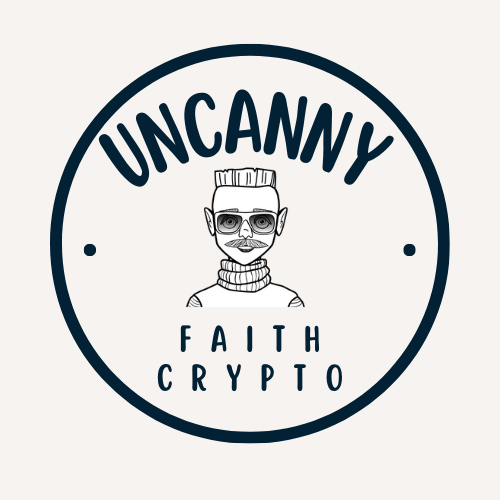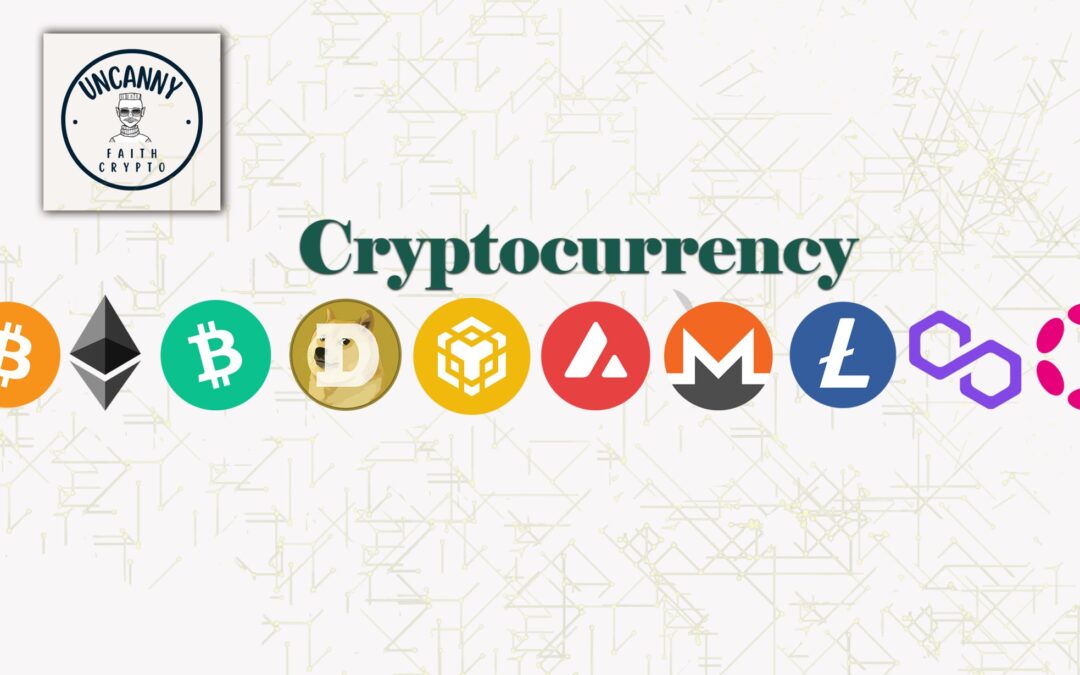Stacks (STX) in 2025: Key Trends and Predictions for the Future of Decentralized Apps
The blockchain revolution has reshaped how we think about digital ownership, privacy, and innovation. As we set our sights on 2025, one ecosystem is standing out as a major player in the field of decentralised applications (DApps): Stacks (STX). If you’re intrigued by the potential of decentralised applications built on Bitcoin, this article will unpack everything—from expected trends to game-changing predictions about Stacks (STX) and its vibrant ecosystem.
Understanding Stacks (STX): A Refresher
Before we dive into future trends and predictions, let’s revisit what Stacks (STX) is and why it is gaining significant traction. Stacks is a unique blockchain platform that enables the creation of smart contracts and decentralised apps (DApps) secured by Bitcoin. By leveraging the security and immutability of Bitcoin while operating independently, Stacks empowers developers to unlock Bitcoin’s full potential in a decentralised manner.
Unlike Ethereum and its counterparts, Stacks doesn’t replace Bitcoin; instead, it complements it. Through its innovative Proof of Transfer (PoX) consensus mechanism, Stacks integrates with the Bitcoin blockchain, rewards token holders with BTC, and guarantees seamless interaction with the Bitcoin network.
Why Stacks Could Be a Game-Changer by 2025
Stacks sets itself apart with an ambitious vision: to bring smart contracts and DApps directly to Bitcoin, empowering decentralised applications and enabling programmable ownership. As we head into 2025, several factors could define the trajectory for Stacks and shape its influence within the blockchain landscape.
Key Trends Driving Stacks (STX) in 2025
1. Growing Demand for Bitcoin-Powered DApps
Bitcoin has earned its title as "digital gold", celebrated for its transparency, security, and unmatched decentralisation. However, traditional Bitcoin functionality has been limited, especially when compared to other blockchains like Ethereum. By introducing programmability to Bitcoin, Stacks solves a major gap in the industry.
By 2025, DApps within the Stacks ecosystem are expected to thrive as developers and users gravitate toward Bitcoin-powered platforms. Whether it’s DeFi protocols, NFT marketplaces, or identity-focused apps, the desire for Bitcoin-secured applications will push developers to choose Stacks over competing ecosystems. What’s more, as Bitcoin adoption grows globally, so too will the demand for Stacks-based projects that leverage Bitcoin’s security guarantees.
2. Emergence of Decentralised Finance (DeFi) on Bitcoin
DeFi exploded with the rise of Ethereum. However, the lack of integration between Bitcoin and DeFi has left a gap in the market—until now. Stacks’ ability to enable DeFi protocols directly on Bitcoin opens up tantalising possibilities for a financial ecosystem centred around Bitcoin’s liquidity and reliability.
By 2025, industry experts predict Stacks will see a surge of DeFi platforms offering Bitcoin-backed lending, decentralised swaps, yield farming, and more. The combination of Stacks’ smart contracts and Bitcoin’s sound monetary policy holds immense potential, creating opportunities for investors and developers alike. Expect to see Bitcoin-native DeFi products flourishing on Stacks.
3. NFTs Secured by Bitcoin
The non-fungible token (NFT) market continues to break records, but security and sustainability remain pressing concerns. NFTs on Stacks, which leverage Bitcoin for permanence and reliability, are poised to gain significant market share by the mid-2020s. As digital art, tokenised assets, and decentralised digital ownership become more mainstream, Stacks could become the de facto blockchain for NFTs.
For instance, platforms like Boom and Stacking Arts are already setting the stage for NFT innovation on Stacks. By 2025, adoption of NFTs with Bitcoin backing could extend to industries like gaming, luxury goods authentication, and the digital metaverse.
4. The Rise of User-Owned Internet via Decentralisation
Stacks is at the forefront of building a user-owned internet, where individuals have greater control over their digital identity, data, and finances. The project uses Clarity, a smart contract language designed for predictability and safety. This facilitates DApps with powerful user-centric features like secure login, decentralised identities, and self-custody of data.
Projections suggest that by 2025, there will be a significant shift in how users interact with decentralised tech. Innovations built on Stacks could pioneer more robust solutions for Web3 identity management, offering simpler integrations with Bitcoin wallets and better privacy protections.
5. Enhanced Developer Ecosystem
By 2025, we are likely to see a more mature and vibrant developer community within the Stacks ecosystem. Developer tools, educational resources, and a growing library of open-source resources will make it easier for builders to adopt Stacks. The competitive incentives provided by Stacks, including rewards in Bitcoin via Stacking, will continue to attract top-tier talent to the platform.
6. Regulatory Clarity
As blockchain technology gains mainstream acceptance, the regulatory environment will evolve. By 2025, greater global clarity around cryptocurrency regulations could enhance both institutional and retail interest in decentralised platforms like Stacks. If the Stacks community navigates these developments strategically, it will unlock even greater adoption.
Predictions for Stacks (STX) in 2025
What could Stacks look like in 2025? Let’s explore some plausible predictions:
1. Market Cap Breakthrough
As adoption grows, Stacks could see rapid growth in its market capitalisation. It’s not unreasonable to predict that by 2025, STX tokens might see a valuation breakthrough, driven by increased demand for its unique capabilities that bridge Bitcoin with Web3.
2. Mainstream Enterprise Adoption
With companies increasingly exploring blockchain for decentralised solutions, Stacks may find itself integrated into mainstream business models. Expect partnerships with industries ranging from finance to supply chain management to digital media.
3. Bitcoin as the Foundation for Web3
By 2025, Stacks could solidify Bitcoin’s role at the heart of the Web3 revolution. As developers seek decentralised resilience, they may favour Stacks, ensuring that Bitcoin remains a key player in broader digital innovation.
4. Rapid Growth in DApp Ecosystems
Stacks’ ecosystem will likely be home to myriad creative and thriving DApps by 2025. Predictions include explosive growth in niche industries like decentralised social media platforms, AI-integrated smart contracts, and energy-efficient DApps. The ecosystem’s expansion is expected to rival Ethereum’s pace during its peak.
How Can You Get Involved with Stacks?
With its potential laid out, you might wonder: how can I take part in Stacks’ rise? Here are actionable tips to get started today:
- As a User: Experiment with Stacks-based applications such as decentralised wallets, NFT marketplaces, and identity tools.
- As an Investor: Consider staking STX tokens or participating in Stacking rewards to earn Bitcoin.
- As a Developer: Explore Clarity smart contracts and contribute to Stack’s growing ecosystem.
- Stay Updated: Follow Stacks’ updates, announcements, and partnerships to capitalise on upcoming opportunities.
FAQs About Stacks (STX) in 2025
Q: What makes Stacks unique compared to Ethereum?
Stacks enables DApps and smart contracts directly on Bitcoin, the most secure and decentralised blockchain. Unlike Ethereum, it leverages Bitcoin’s permanence and doesn’t compete with it.
Q: Is Stacks eco-friendly?
Yes, Stacks’ Proof of Transfer (PoX) mechanism is far more energy-efficient than traditional mining, as it uses Bitcoin to create new blocks without excessive electricity consumption.
Q: Will Stacks overtake Ethereum by 2025?
While Ethereum has a larger ecosystem, Stacks is focused on complementing Bitcoin rather than competing with other blockchains. It is carving its own niche by introducing programmability to Bitcoin.
Q: How can I participate in DeFi on Stacks?
Several DeFi platforms are emerging in the Stacks ecosystem. By 2025, you might find Bitcoin-backed lending markets and decentralised exchanges thriving within Stacks.
Q: Can businesses benefit from Stacks?
Absolutely! Businesses can use Stacks to build decentralised solutions, manage digital identities, or even tokenize assets with the backing of Bitcoin.
In Closing
The future of Stacks (STX) looks incredibly promising as it pushes Bitcoin beyond its primary use as a store of value. Whether it’s revolutionising decentralised finance, empowering developer innovation, or pioneering a user-owned internet, Stacks is bridging the gap between Bitcoin and the decentralised internet of the future.
As 2025 unfolds, keep your eye not only on Bitcoin’s price but also on the ecosystems like Stacks that are quietly redefining its potential. Whether you’re an investor, developer, or blockchain enthusiast, Stacks offers a space for you to shape the future of decentralised technology.
Are you ready to join the Bitcoin revolution 2.0 with Stacks? The time to act is now!

